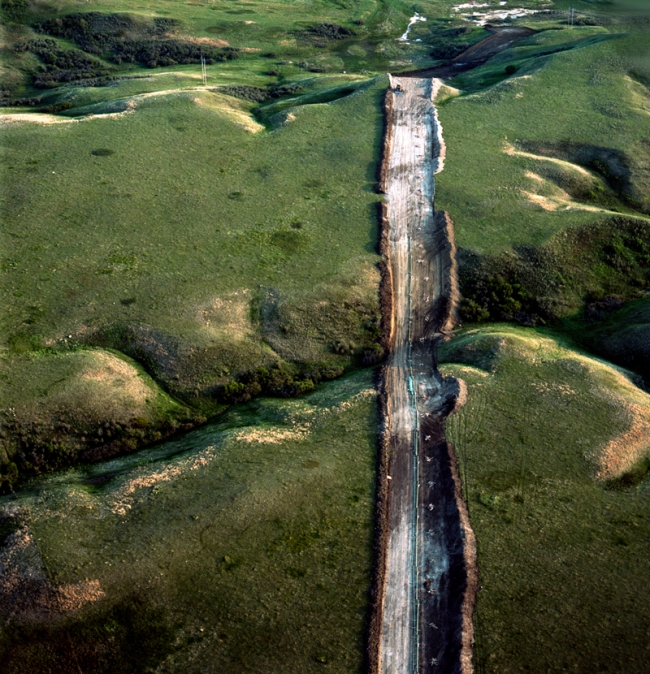Although the semester started only four months ago, I feel that I have truly come a long way both as a person and as a writer in that short amount of time. On the first day of class, I thought I knew what multimedia literacy was, but at this point, I now have the opportunity to look back and reflect upon all that I have learned, and I have come to realize that I have learned more than I could have imagined. I now understand that multimedia literature can take almost an infinite number of rhetorical forms, ranging anywhere from a simple photograph to a building to a song to a social media profile. I have also gained a better understanding of the necessity of being multimedia literate in today’s rapidly modernizing world. In my opinion, “multimedia literate” is a term that applies to those who are successfully able to interpret the rhetoric of various media and who are also able to utilize various media to make a rhetorical statement of their own. Over the course of the semester I believe that I have really improved my multimedia literacy skills and through this portfolio I intend to display the improvement I feel I have made.
The first assignment we completed was the audio narrative. I thoroughly enjoyed this assignment because it exposed me to a medium I had never used before. I also really liked that it gave us the opportunity to develop a narrative about ourselves, rather than just a report on an assigned topic. This particular assignment taught me a lot about the writing process because I had to adapt the process to “fit” the assignment and the medium. For most standard papers, I follow a standard process. However, for this assignment, I had to write in a different way that was conscious of the delivery method of the narrative. The fact that my words would be delivered verbally as opposed to on paper made me think differently about things such as word choice and the ordering of points I wanted to make. I also had to consider aspects such as expression and tone of my delivery, which to me, was an entirely new component that had to be added to my writing process.
Our second major assignment was the rhetorical analysis assignment. For this assignment we wrote two papers: one in which we analyzed the rhetoric of a photograph of our choosing, and another in which we analyzed the rhetoric of the film “The Social Network.” In most of the other assignments, we focused on using multimedia forms to convey a rhetorical point of our own, but in this assignment, we used a traditional media of delivery to discuss the rhetoric of a multimedia form. The papers I wrote for this assignment are the pieces that I am most proud of from this semester because in the past I had never really considered myself a very analytical person, but I feel like I really succeeded in thinking critically about and discussing the rhetoric of each piece and that that ultimately helped me grow as a writer.
The next assignment was the researched argument in which I discussed two prominent, but opposing philosophies that have been adopted by architecture schools across the country. This assignment really challenged me to improve my research skills and to develop my personal writing process. Overall, I feel that this assignment really taught me about the importance of critical reading and it taught me that research is not simply reading relevant information from books or websites, but that it can also involve personal experiences such as my experience so far studying architecture at Notre Dame.
Our final assignment this semester was the multimedia essay or “TED Talk.” I chose to make my presentation a sort of adaptation of my research paper as it was still a topic of high importance to me and a topic that I was very interested in. Though I was initially wary of this assignment, I came to really enjoy it because it served as a grand finale to the course in the sense that it challenged us to build upon everything we had learned and to incorporate everything into a ten minute presentation. For example, my presentation incorporated a brief narrative at the opening for which I had to draw upon skills I developed through the audio narrative assignment. I also had to interpret the rhetoric of various buildings and for this I relied upon skills I had developed throughout the process of the rhetorical analysis assignment. I also had to utilize the research and critical reading skills I had developed during the researched assignment in order to enhance my presentation. I feel that this assignment really built upon all of the previous projects because it required many of the skills we had been working to develop. Not only did it challenge us to use these skills, but it also challenged us to demonstrate them all using a form of multimedia delivery, which really brought us back to the main theme of the course and helped me to deeply consider the role of multimedia in the development of reading, writing, rhetoric, and research skills.
In conclusion, I believe that I have made significant improvement throughout this semester. I have developed a greater understanding and appreciation of multimedia literacy and I have learned a lot about rhetoric and its relation to multimedia literacy. Through each of the major assignments I have come to establish my own personal writing process and I have learned to apply and adapt it for various assignments. Finally, I also believe that I have grown as person and not only as a writer because in only four months, I learned more than I could have imagined and I accomplished many things that I never believed I could have succeeded at. Thank you for all of your help and for a wonderful semester Dr. E!
